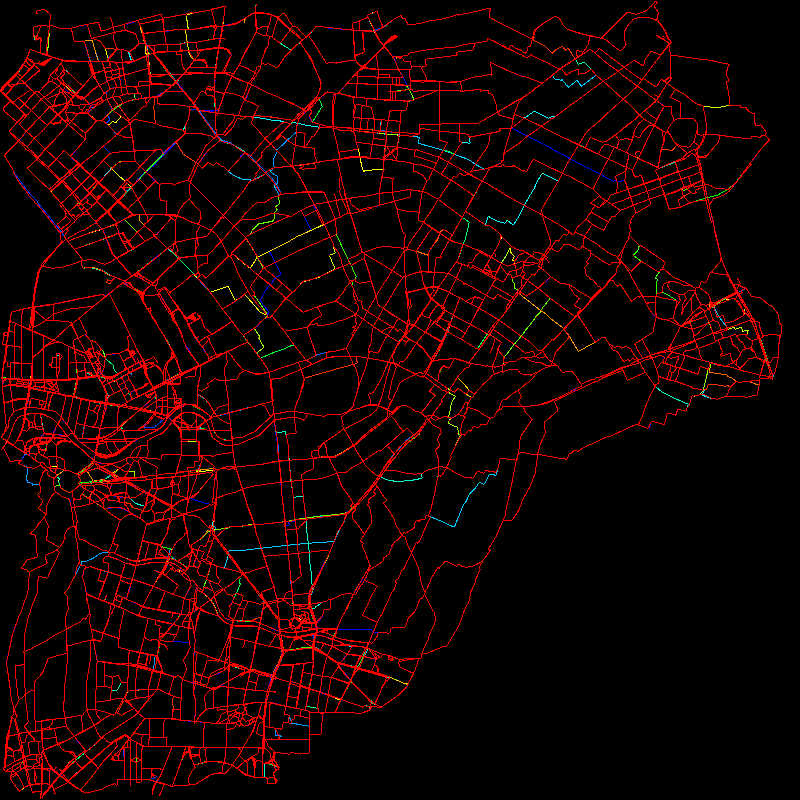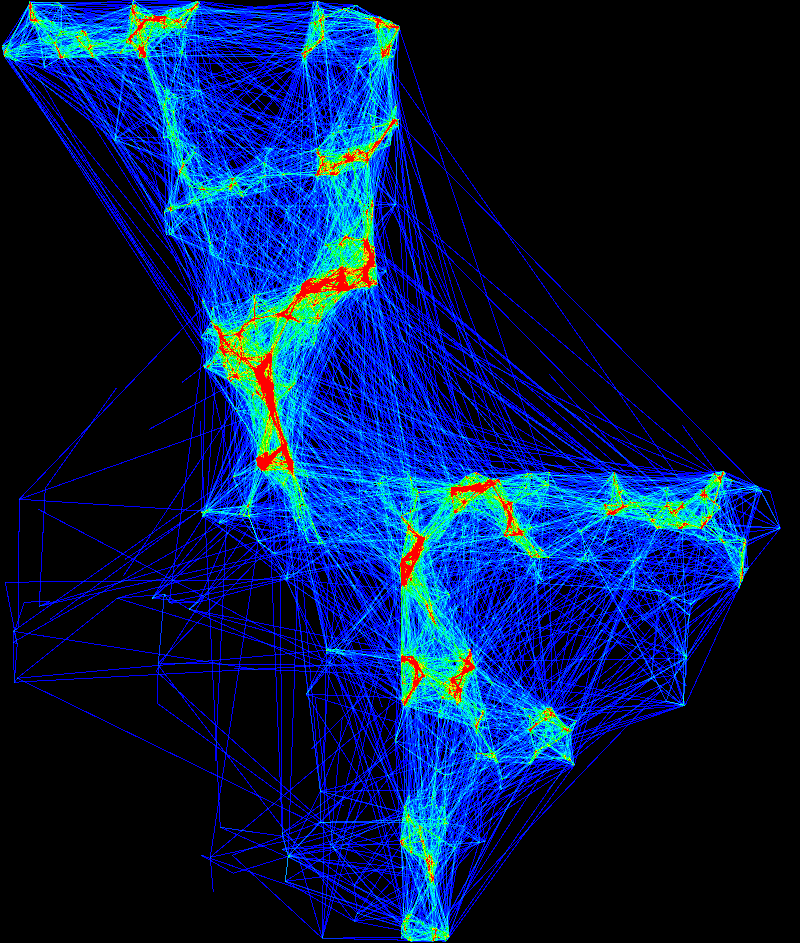TAMER
Details
- Project Name: Trace-based Analysis and Spatio-Temporal Modeling of Human Mobility with Exploration of Geographic Restrictions for the Performance Evaluation of Wireless Communication Networks (TAMER)
- Funding: German Research Foundation (DFG)
- Runtime: 2015-2017
- Contact: Prof. Dr. Nils Aschenbruck
Abstract
Modeling of human mobility is a relevant topic in several scientific areas. In computer science, it is of high interest, e.g., due to its significant impact on performance evaluation in wireless communication networks. Thus, significant research has already been conducted in the context of mobility modeling. The steadily rising prevalence of mobile devices, e.g., smart phones and tablets, combined with the included positioning and communication technology nowadays enable the effective tracking of human trajectories. A sufficiently large data basis of such trajectories (so-called "traces") can be used for analyzing fundamental mobility characteristics. This has led to important advances in the area of human mobility models during the last years.
However, previous work has shown that there are still significant research gaps in the field of human mobility modeling. On the one hand, current mobility models lack a validation with other traces. On the other hand, the traces used so far are mostly too coarse-grained, scenario-specific, or are based on a small sample size. Furthermore, current trace analyses and models are based on assumptions, like flights between start and destination, which are unrealistic in the context of human mobility. Geographic restrictions (e.g., street maps like OpenStreetMap) are usually not considered during trace analysis or trace-based modeling. However, it is to be expected that geographic restrictions impact the analysis of characteristic features as well as modeling at a high degree. These research gaps challenge the realism and credibility of current results from trace analysis and human mobility modeling as well as the results of the performance evaluation based on these models.
This project's goal is a realistic and validated modeling for human mobility based on the thorough analysis of a new comprehensive trace basis. The application focus is on the performance evaluation in wireless communication networks. Nevertheless, the characteristic features of human mobility yielded by the trace analysis can also be applied to other domains due to their fundamental nature. These domains are transportation system planning, travel demand forecasting, and biological and wireless virus spreading, among others.


Publications
-
Matthias Schwamborn, Nils Aschenbruck
"Towards an Extensive Map-oriented Trace Basis for Human Mobility Modeling"
Proc. of the 35th IEEE International Performance Computing and Communications Conference
IPCCC '16, Las Vegas, NV, USA, December 9 - 11, 2016. [pdf] -
Matthias Schwamborn, Nils Aschenbruck
"On Modeling and Impact of Geographic Restrictions for Human Mobility in Opportunistic Networks"
Proc. of the IEEE 23rd International Symposium on Modeling, Analysis and Simulation of Computer and Telecommunication Systems
MASCOTS '15, Atlanta, GA, USA, October 5 - 7, 2015. [pdf] -
Matthias Schwamborn, Nils Aschenbruck
"Introducing Geographic Restrictions to the SLAW Human Mobility Model"
Proc. of the IEEE 21st International Symposium on Modeling, Analysis and Simulation of Computer and Telecommunication Systems
MASCOTS '13, San Francisco, CA, USA, August 14 - 16, 2013. [pdf]
Cooperation Partner

